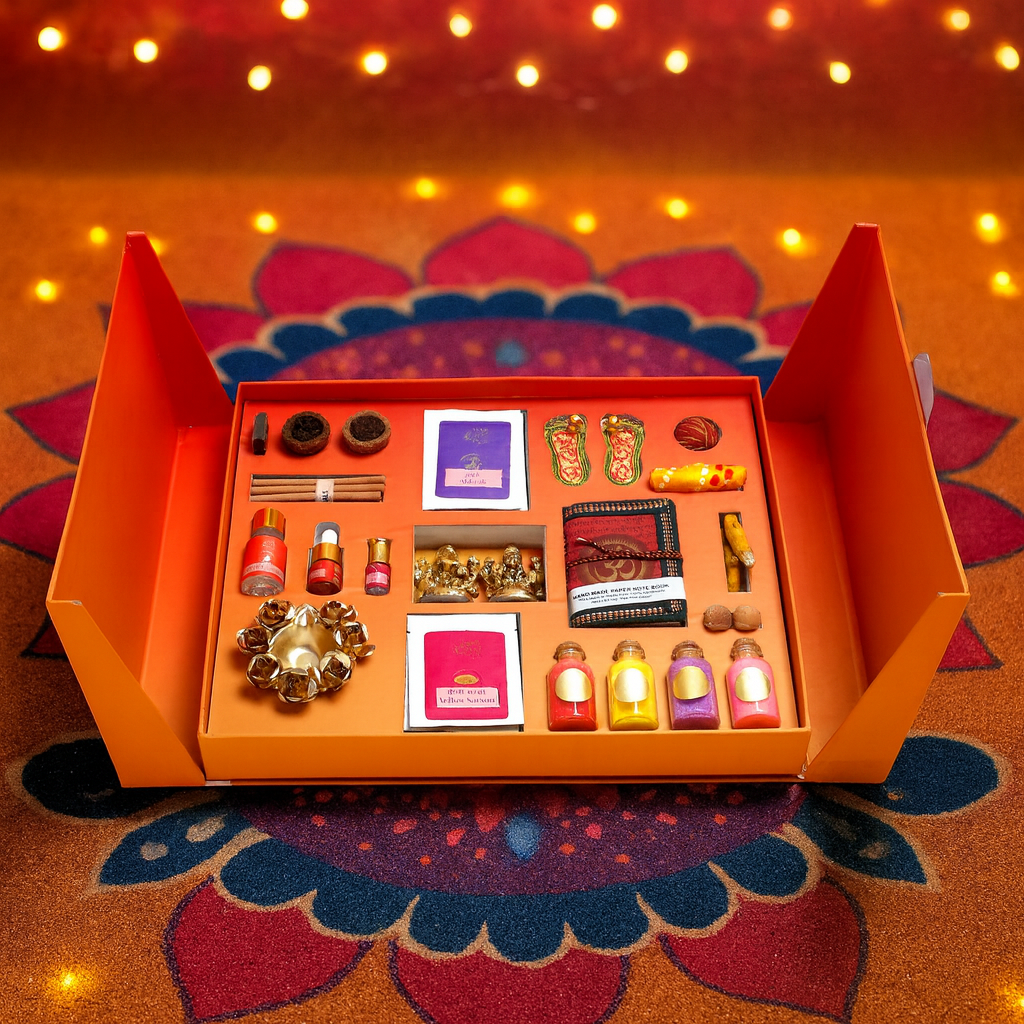Lotus Temple
The Lotus Temple in New Delhi is a globally recognized Baha’i House of Worship, renowned for its iconic lotus-inspired design and open-door policy to people of all faiths. Since its inauguration in 1986, the temple has become one of the most visited attractions in India, drawing millions with its message of unity and peace.

Lotus Temple: A Journey Through Architecture, Faith, and Serenity
| Location: | Bahapur, New Delhi |
| Best time to visit | October-March |
| Open Hours | 9:00 AM–5:00 PM |
FAQ
Where is Lotus Temple located?
Bahapur, New Delhi.
What is the origin or historical significance of the Lotus Temple?
The Lotus Temple in New Delhi, one of seven Baha’i temples around the world, was inaugurated in December 1986. It represents the Baha’i faith, which promotes the unity of all religions and humanity. The temple was designed by Iranian-American architect Fariborz Sahba, and it was built using a donation from Ardishír Rustampúr of Hyderabad, who contributed his entire life savings. The Baha’i faith itself began in Persia (modern-day Iran) in 1863, and today the religion has around 5-7 million followers worldwide.
Who built or upgraded the Lotus Temple?
The Lotus Temple was designed by architect Fariborz Sahba and constructed by Larsen & Toubro Limited’s ECC Construction Group. The construction was completed in 1986 at a cost of $10 million. The temple’s unique structure, featuring 27 marble petals, earned it multiple awards, including one from the UK’s Institute of Structural Engineers in 1987. The structural design was done by Flint and Neill, a UK-based engineering firm.
What are the cultural or mythological references associated with the temple?
The temple’s design was inspired by the lotus flower, a symbol of purity and beauty, revered in various religions such as Hinduism, Buddhism, Jainism, and Islam. The Baha’i faith teaches the oneness of humanity, and the temple embodies this by welcoming people from all faiths to worship, pray, and meditate.
What are the unique points about the Lotus Temple?
The temple is unique in its design, with 27 free-standing marble petals forming a nine-sided structure. It is the first building in Delhi to use solar panels, providing 20% of its electricity. The temple has a capacity of 2,500 people in its central worship hall and has been recognized as one of the most visited structures in the world. The continuous flow of visitors, sometimes reaching up to 4.5 million annually, attests to its global popularity.
Why is the Lotus Temple famous?
The Lotus Temple is famous for its striking architectural design, resembling a half-bloomed lotus, and for being a symbol of the Baha’i faith’s message of unity and equality. It has attracted over 100 million visitors since its opening, making it one of the most visited buildings in the world. Its serene atmosphere and stunning white marble structure have made it a must-visit tourist attraction in Delhi.
What is unique about the temple’s architecture?
The Lotus Temple’s architecture is inspired by the lotus flower, India’s national flower, symbolizing purity and divinity. The temple is made up of 27 marble petals arranged in groups of three to form a nine-sided structure. It is surrounded by nine pools of water, enhancing the impression of a lotus floating on water. The central hall, which has no altars or pulpits, rises to a height of 40 meters and is naturally lit by a skylight. This sustainable design includes natural ventilation and solar panels, making it environmentally friendly.
When is the best time to visit the Lotus Temple?
The best time to visit the Lotus Temple is during the cooler months from October to March when the weather in Delhi is pleasant. The temple is open every day except Mondays, from 9:00 AM to 5:00 PM. Visitors can enjoy the serene atmosphere and the beautifully illuminated temple at night.
How can one reach the Lotus Temple?
The Lotus Temple is easily accessible by various modes of transportation:
- By Road: Multiple DTC bus routes connect the temple to the rest of the city.
- By Metro: The nearest metro station is Kalkaji Mandir, which is just 500 meters away from the temple.
- By Train: New Delhi Railway Station is the closest railway station.
- By Air: Indira Gandhi International Airport is the nearest airport to the temple, providing easy access for international visitors.
The Lotus Temple stands as a remarkable symbol of unity, peace, and architectural brilliance in the heart of New Delhi. With its welcoming atmosphere for people of all faiths and its unique lotus-inspired design, the temple continues to inspire millions of visitors every year. Whether you’re drawn by its spiritual significance or its stunning beauty, a visit to the Lotus Temple offers a tranquil and enriching experience for all.







